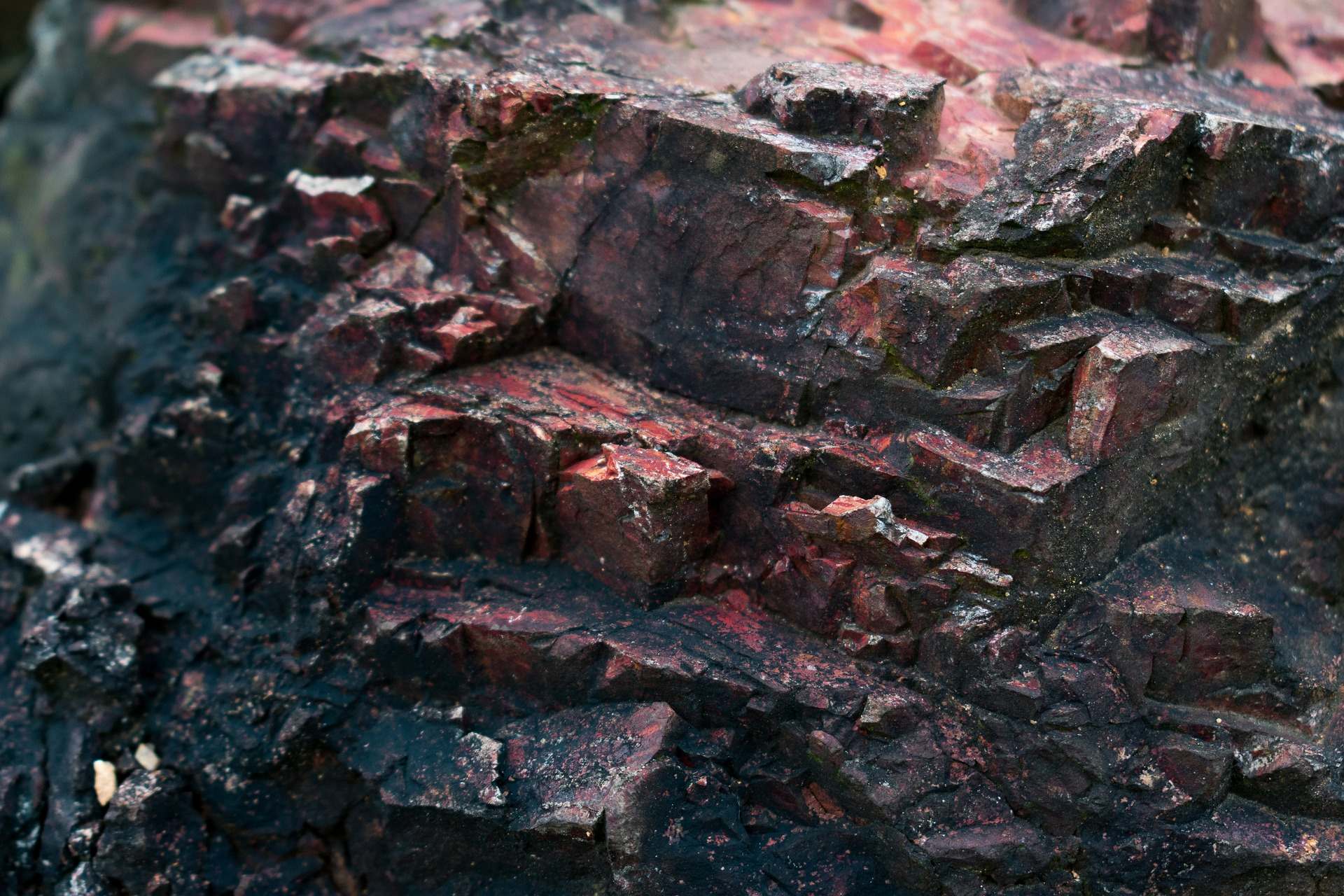 Ore Cost Calculation Method
Jun 24, 2024
Ore Cost Calculation Method
Jun 24, 2024
1. Production cost per ton of ore
The total cost of production per ton of ore is the sum of the mining, beneficiation and transportation costs, enterprise management, concentrate sales, mine maintenance and inspection, and mining rights use costs allocated to each ton of raw ore.
Mining cost: the cost of mining. Different development methods (open-pit mining, adit, inclined shaft, vertical shaft), mining methods, drainage volume, etc. all affect the mining cost. At present, the general pit mining cost is 20-70 yuan/ton.
Ore dressing cost: Ore dressing cost is restricted by the selectivity of ore, mainly the consumption of ore dressing reagents and ball mill steel balls, tailings treatment and transportation costs (the trend is dry sand stacking and cementing filling). At present, the production cost of general stone dressing plants is 20-70 yuan/ton.
Ore transportation cost: refers to the transportation cost from the pit mouth to the dressing plant after the ore is mined. At present, the transportation cost of ore in general mines is 10-50 yuan/ton.
Enterprise management fee: Enterprise management fee is affected by the size and management level of the enterprise. At present, the management cost of general mining enterprises is 10-20 yuan/ton.
Concentrate sales fee: All costs of transporting concentrate from the mine dressing plant to the delivery location of the smelter. The concentrate sales cost per ton of raw ore is 10-30 yuan/ton.
Mine maintenance fee: According to the regulations of the Ministry of Finance, from January 1, 2004, a mine maintenance fee of 15-18 yuan will be extracted per ton of raw ore to support simple reproduction.
Mineral rights usage fee: The resource compensation fee and resource usage fee required to be paid by the national and local governments, converted into the cost per ton of ore (usually 10-20 yuan).
2. Yield of concentrate (converted into tons of metal) per ton of ore (%)
The amount of concentrate produced per ton of raw ore (equivalent to tons of metal) depends on the mining depletion rate and the mineral processing recovery rate.
Mining depletion rate: Mining depletion rate varies due to different geological conditions, mining methods and management levels. At present, the depletion rate of pit mining in my country is generally 10-25%.
Mineral processing recovery rate: Select indicators based on the results of ore selectivity tests in specific mining areas, such as 60-90%.
Concentrate yield = (1-mining depletion rate) × mineral processing recovery rate.
3. Concentrate Sales Price
The spot sales price of qualified concentrate (converted into metal tons) is generally the weekly average price of three-month metal futures, multiplied by a price coefficient (60-85%).
4. Determination of mineable grade
For example, the mining cost in a certain place is 50 yuan/ton, the beneficiation cost is 40 yuan/ton, the transportation cost of raw ore is 30 yuan/ton, the enterprise management fee is 20 yuan/ton, the concentrate sales fee is 20 yuan/ton, the mine maintenance fee is 15 yuan/ton, and the mining right use fee is 20 yuan/ton, with a total production cost of 195 yuan/ton.
If the mining depletion rate is 10% and the beneficiation recovery rate is 80%, the concentrate yield (equivalent to metal tons) per ton of raw ore is 72%.
If the metal price, such as copper, is 60,000 yuan per ton, the pricing coefficient is 80%, and the qualified concentrate (equivalent to metal tons) is 48,000 yuan/ton.
Then: metal price 60,000 × pricing coefficient 80% × ore grade × concentrate yield (converted to metal tons) 72% = 195 yuan.
Ore grade = 0.56%, that is, the recoverable grade (average grade in the mining area) is 0.56%
If the average price of lead and zinc metal is 16,000/ton, the pricing coefficient is 70%, the same yield and production cost,
Metal price 16,000 × pricing coefficient 70% × ore grade × concentrate yield 72% = 195 yuan.
Ore grade = 2.42%, that is, the recoverable grade (average grade in the mining area) is 2.42%.
5. Issues to note
1. The mineable grade is actually the break-even point of normal production after the mine is completed and put into production. If the mine construction funds (including the cost of purchasing mining rights, power supply lines and step-down stations, equipment investment, land, forest and water use costs, road construction, beneficiation plant construction, mine construction, office facilities, living facilities, etc.) are not recovered, in addition to repaying the principal, interest must be paid. This part of the interest is generally calculated at 10-20%, and the amount is also very large.
2. The increase in production scale will reduce the production cost per ton of ore. It is mainly reflected in the reduction of enterprise management expenses and the reduction of mining and selection costs after large-scale production.
Source: Geological Miscellany
 Ore Cost Calculation Method
Jun 24, 2024
Ore Cost Calculation Method
Jun 24, 2024